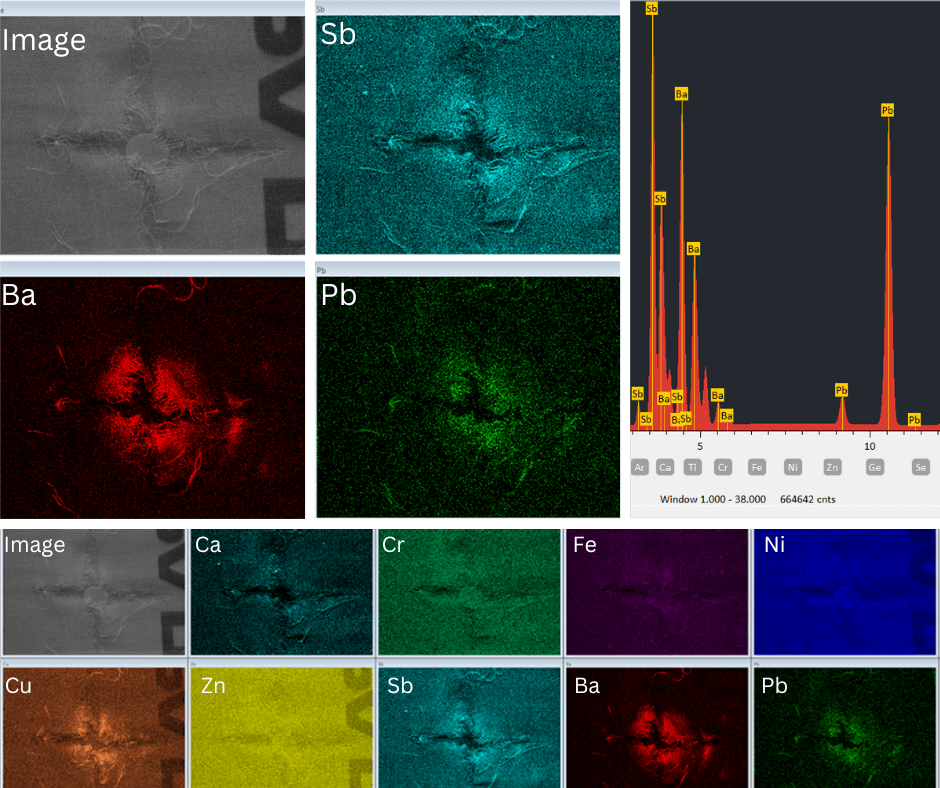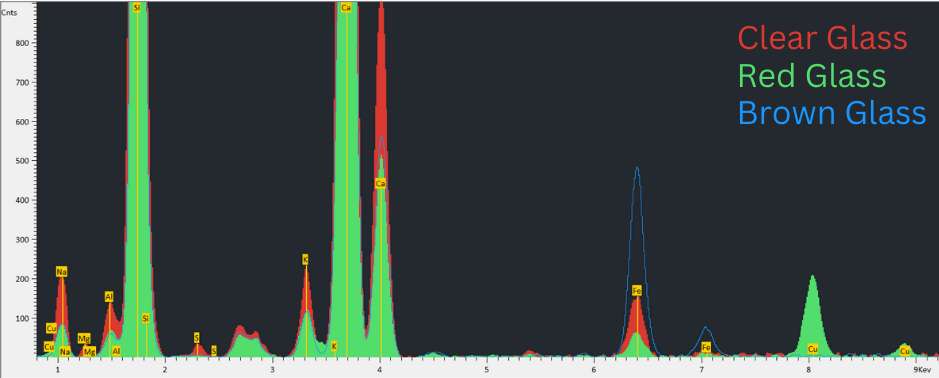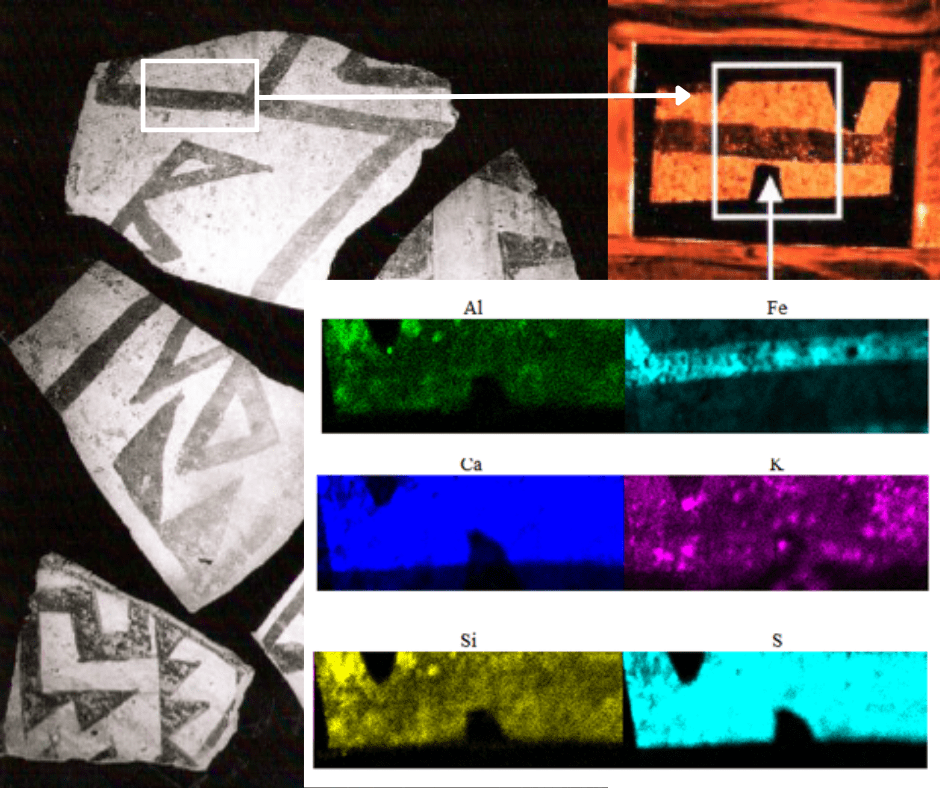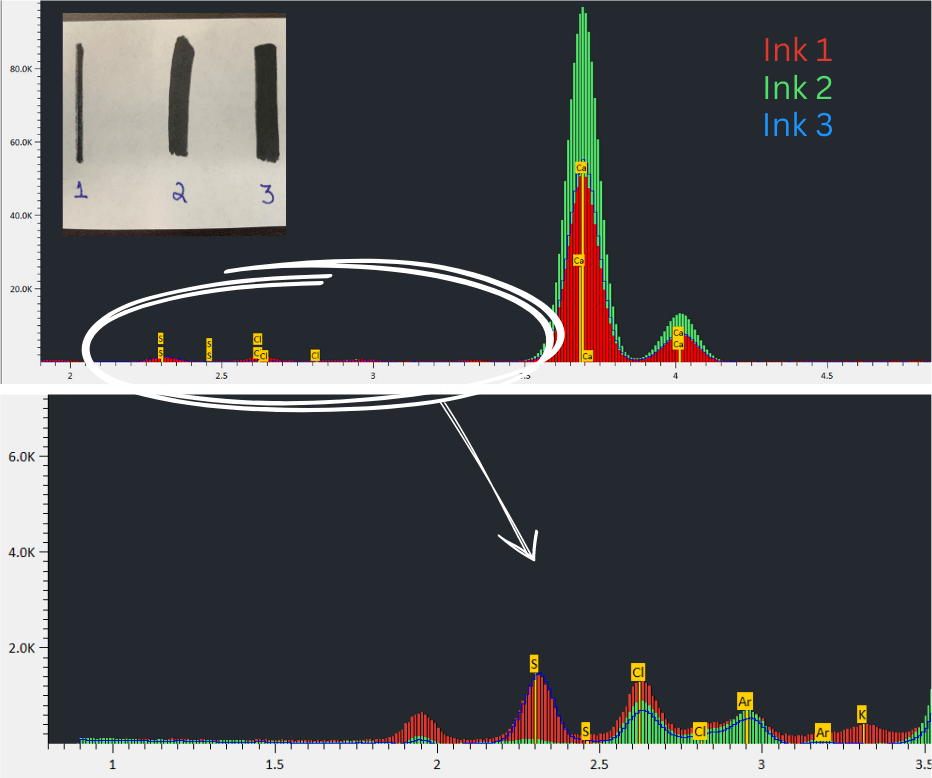Forensic Analysis: The Pillar of Justice
The justice system leans heavily on forensic analysis, a multidisciplinary approach that harnesses science to gather and interpret evidence. With ever-evolving technological landscapes, various scientific methods have come to the fore. Among these, micro X-ray fluorescence (µXRF) has been etching its mark as an instrumental tool in forensic investigations. This non-invasive technique has demonstrated versatility in examining diverse samples, from minute trace elements on apparel to complex inorganic materials. In this article, we spotlight µXRF, its forensic applications, and the pivotal role of spatial resolution.
MicroXRF: A Closer Look
µXRF, an offshoot of the conventional X-ray fluorescence (XRF) technique, employs X-rays to illuminate a sample. This irradiation interacts with the sample, forcing the release of fluorescent X-rays. These emissions, upon detection, can be studied to determine the elemental composition of the examined material. In µXRF, the prefix “micro” signifies the use of focused X-ray beams at a micrometer scale, as demonstrated by the Atlas series from IXRF Systems, which boasts a spatial resolution as small as 5μm pixel size, enabling detailed and targeted analysis.
Spatial Resolution: The Cornerstone of µXRF
Spatial resolution, defining the finest physical area distinguishable by the X-ray beam, stands as an integral feature of µXRF technology. Its significance is accentuated by:
- Detection of Minuscule Particles: Forensic samples frequently appear in limited quantities. Be it hair, gunshot residues, or paint traces, these particles, albeit small, carry evidentiary weight. µXRF’s exceptional spatial resolution ensures the recognition and meticulous analysis of such samples.
- Unparalleled Precision: Enhanced spatial resolution guarantees unparalleled accuracy in measurements—a crucial attribute when evaluating heterogeneous samples, which display compositional variance across different regions.
- Preservation of Integrity: By precisely directing the X-ray beam, µXRF ensures that only the intended area is analyzed without causing damage, preserving the sample for further interrogation by other analytical techniques — a vital benefit in forensics where every piece of evidence is often irreplaceable and invaluable.
Diverse Forensic Applications of MicroXRF
Gunshot Residue Analysis
Probing the presence of elements like lead, antimony, and barium in gunshot residue on attire or skin, µXRF can indicate an individual’s proximity to a firing gun, a decisive factor in criminal probes.

Figure 1: Elemental intensity maps of Gun Shot Residue on fabric analyzed by IXRF System’s Atlas µXRF.
Document and Currency Scrutiny
µXRF stands out in discerning document alterations, forgeries, or age. Its precision enables analysis of inks, paper types, and subtle details without inflicting harm on the sample.

Figure 2: A $50 dollar bill and 2D microXRF elemental maps were taken from the corner of the bill. Data collection parameters: 4096 x 4074 resolution, 7 μm pixel size, 26.80 x 26.6 mm.
Figure 3: An XRF Spectrum overlay comparing three black wet-erase markers. (1) Black wet erase fine point marker, Expo Vis-avis, is seen as the red spectrum, (2) Black whiteboard marker, Gxin G-206D, refillable is the green overlay; and (3) Black wet erase marker, Swiftcalendars.com, is the blue overlay. They can easily be differentiated from each other via elements present/lacking and/or ratios of present elements. Ink 1 has K, while Ink 2 and Ink 3 do not. Ink 3 has S, while Ink 2 does not.
Paint Examination
Paint samples can spell the difference in events like hit-and-runs or vandalism. µXRF’s ability to identify paint’s elemental composition can provide leads, tracing back to potential perpetrators.
Glass Fragment Probing
In circumstances like break-ins or accidents, analyzing residual glass fragments using µXRF can give clues about their source.

Figure 4: A Spectrum overlay comparing three different glass fragments.
Study of Soil and Geological Specimens
In instances where the event location remains uncertain, µXRF can probe soil or geological samples to provide insights.

Figure 5: XRF spectrum of a soil sample – NIST Standard Reference Material 2711a Montana II Soil with moderately elevated trace element concentrations. This soil was collected from the top 10 cm to 12 cm of an agricultural field located near a site formerly used by a smelting plant in East Helena, Montana.
Art Authenticity and Provenance Analysis
Beyond classical forensics, µXRF is employed to validate art pieces and historical artifacts. Detailed pigment and material evaluation can ascertain a piece’s age and origin or expose fraud.

Figure 6: Ancestral Puebloan black-on-white painted pottery from the American Southwest. The pottery samples were analyzed utilizing the Atlas M micro-x-ray fluorescence at 50 keV. The samples were mapped to identify the location of elements.
Horizons of the Future
µXRF’s trajectory in forensic science appears bright, propelled by strides in instrumentation, refined spatial resolution, and advanced computational methods. Mutual research endeavors across instrument manufacturers, forensic experts, and data specialists will be pivotal in maximizing µXRF’s potential. Future avenues may see comprehensive µXRF databases merging material profiles, distinguishing diverse sources such as inks, drugs, and dyes, and even tracing the history of skeletal remains.
Conclusion
MicroXRF has solidified its standing as a linchpin in forensic analysis, celebrated for its non-invasive approach and capability to deliver comprehensive elemental insights. Its exceptional spatial resolution ensures unparalleled detail, allowing forensic professionals to study even the tiniest samples with unparalleled accuracy. With technological progression, it’s evident that µXRF’s role will only amplify, illuminating the scientific facets that fortify the justice system.
Every trace, fragment, or particle can be the key to justice in a world where details matter. With µXRF’s unparalleled precision and the promise it holds for the future, it’s clear that the forensic field is on the brink of a revolutionary leap. Now more than ever, it’s crucial for experts, researchers, and institutions to embrace and invest in this technology. Support research, share knowledge, and participate in the next big stride in forensic accuracy. Together, let’s unlock the untapped potential of µXRF and shape the future of forensic investigations!
IXRF Systems is a leading provider of X-ray fluorescence instrumentation. With our advanced analytical solutions, we are committed to supporting research, quality control, and educational endeavors across various industries.


